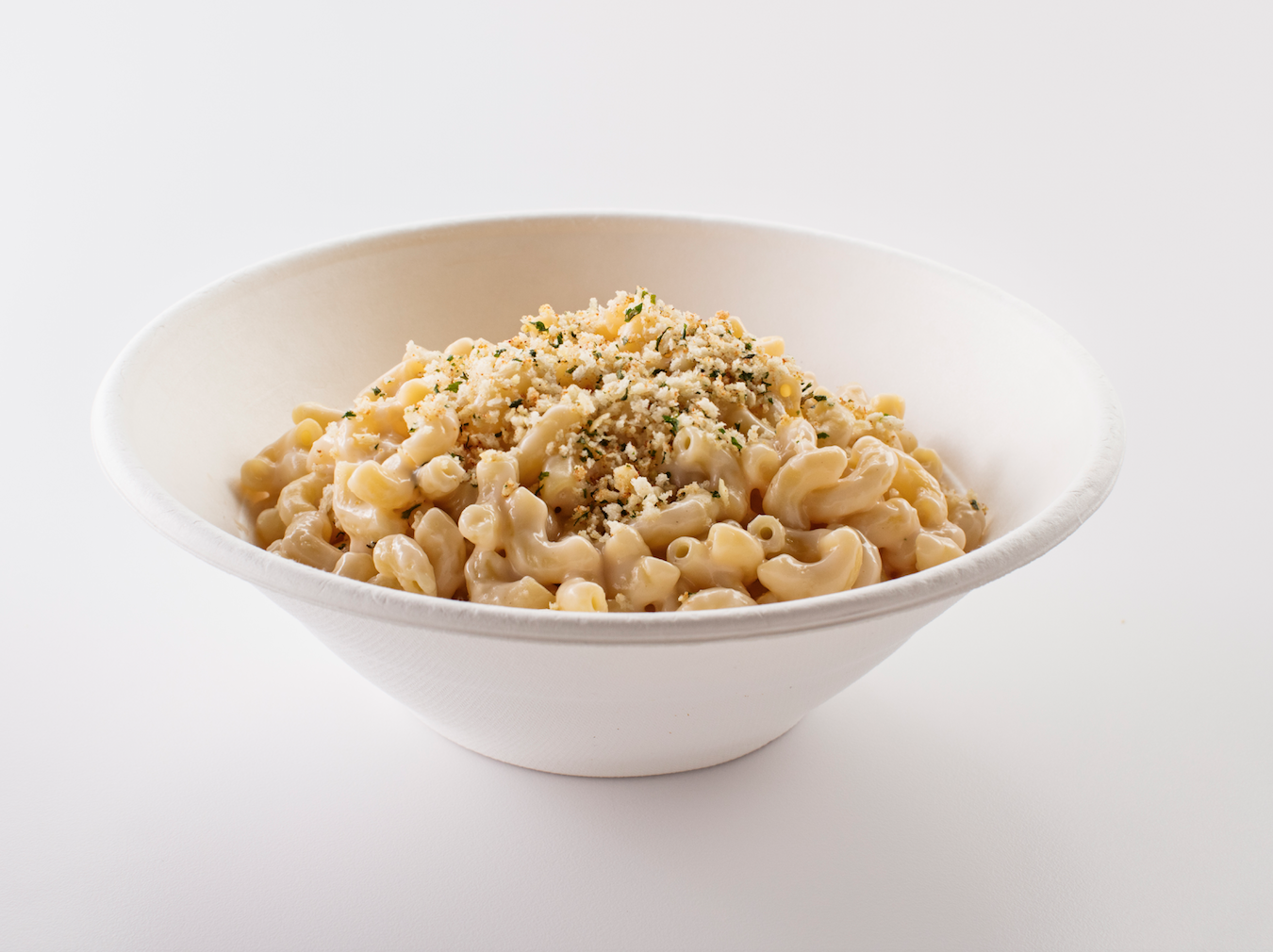
By Allan Lynch
This year, athletes are mining the Maritimes for medals. Specifically, the gold, silver and bronze that were handed out during the 2023 Canada Winter Games on Prince Edward Island (PEI) earlier this year, and the North American Indigenous Games (NAIG) taking place in Nova Scotia this July.
An interesting overlapping theme between these events is medal design that includes an eight-pointed Mi’kmaq Star. PEI and Nova Scotia are part of the traditional and unceded territory of the Mi’kmaq.
The Canada Winter Games medal was the first ever designed by PEI’s Christina Patterson. “I knew the medal had to marry well with the [Games] logo, which has very strong sharp lines, but I also wanted to add softness with curved lines” representing “speed and the rolling landscapes of PEI,” Patterson explains.
The depiction of frozen water in the design represents the winter timing of the Games and the lighthouse signifies strength as well as shining a beacon on the Mi’kmaq Star.
For NAIG 2023, Games organizers ran a medal design contest for students through the Atlantic First Nation Help Desk, says Serene Porter, the Games’ director of culture and engagement.
That generated over 100 submissions. Eight finalists were then paired with eight Mi’kmaq artists to create a refined piece of art. A Cultural Advisory Committee (made up of members from the 13 Atlantic Mi’kmaq communities) selected the design of Ella Scothorn of Hardwood Lands, N.S. Mi’kmaw artist Tayla Fern Paul, of Pictou Landing First Nation, finalized the design.
Published April, 2023



